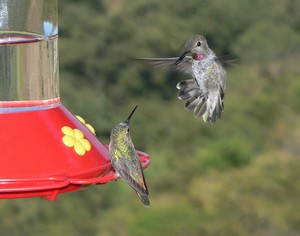 |
| photo from HerbCompanion.com |
I recently read a brilliant essay called "The Orchid Children", by David Dobbs, originally published in The Atlantic, now in a collection called The Best American Science Writing 2010. Dobbs explores the "orchid hypothesis" which suggests that genes which predispose some people to behavioral dysfunction may also enhance function in favorable contexts.
He explains that there are "dandelion children" (the social norm) who, thanks to resilient genes, do pretty well "whether raised in the equivalent of a sidewalk crack or a well-tended garden". And then there are "orchid children" with a certain gene variant (about 1 in 5 people), "who will wilt if ignored or maltreated but bloom spectacularly with greenhouse care". This risk allele has survived in the human population precisely because the risky behaviors have positive effects in certain contexts. In fact, Dobbs refers to humans (and rhesus monkeys who share the risky serotonin-transporter allele with us) as "weedy species . . . able to adapt to new, changing or disturbed environments". The fact that there is wide variability in our behavioral genes, may have allowed humans to thrive on this planet.
 |
| photo from PolkaDotPotato.com |
Most of us are dandelions. We were pliable, obedient children, who didn't attract undue attention in school, could get along with our peers, and have bounced back pretty well when life got hard. But we also know those orchids who were sensitive or sad, who were always in trouble at school, and developed dangerous habits later in life. Somehow our society must continue to support those orchids and encourage them to thrive, because who knows? Their specific strengths and abilities, if nurtured, might just be the key to our species' survival.
 |
| photo from Gator-Woman.com |
